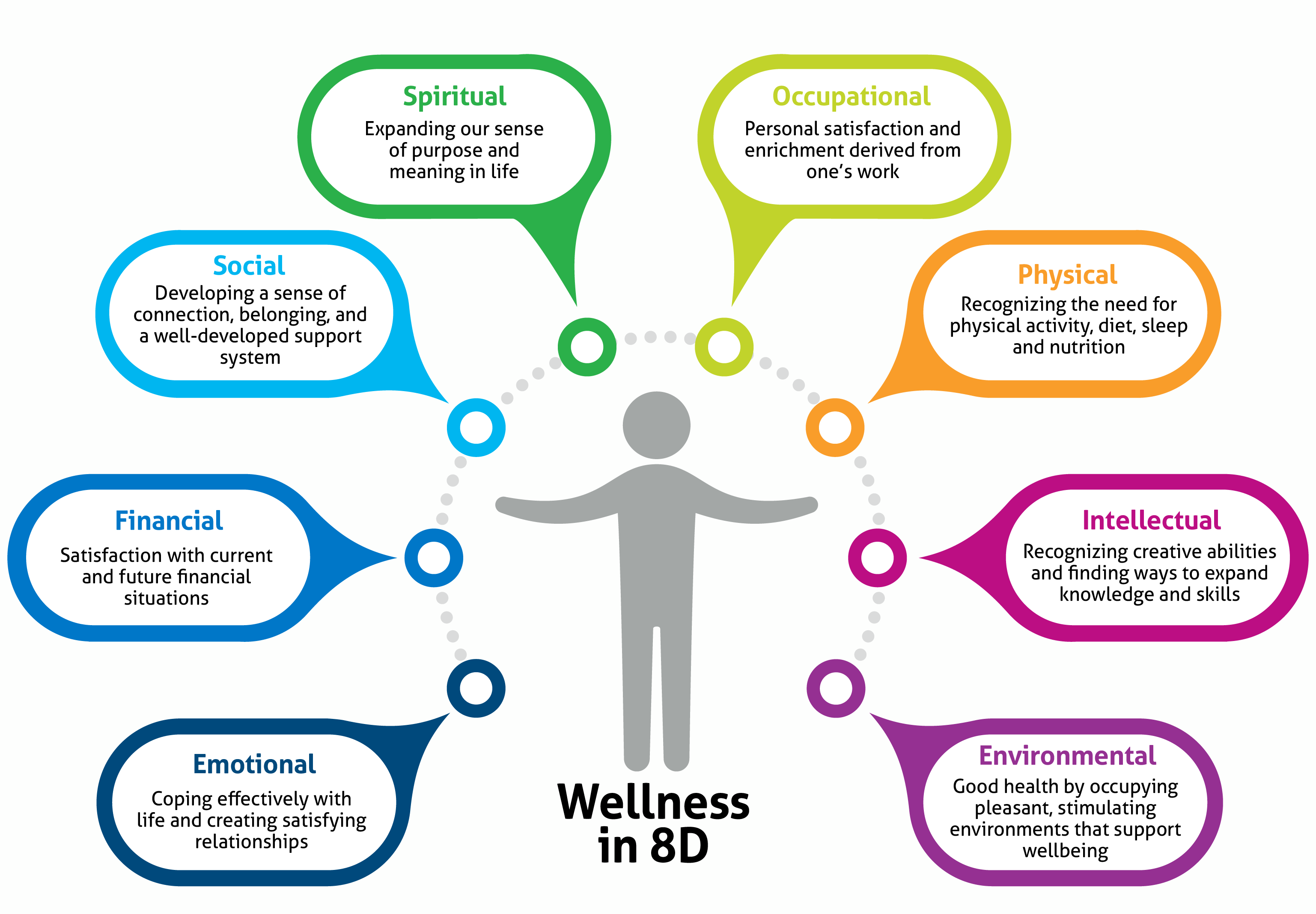Extreme Heat and Mental Health: 10 Tips to Stay Cool and Cope
If you find yourself grappling with feelings of anxiety, irritability or depression amid scorching and unrelenting heat, you’re not alone. Sweltering heat can destabilize mood, exacerbate existing mental health conditions and complicate psychiatric drug treatment. Elevated temperatures have also been linked to surges in suicide rates. Finding ways to stay cool can be a good starting point to help reduce the impact of periods of intense heat on your mental health.
Tips for Coping with Extreme Heat
Below are simple yet powerful ways to help you and others manage extreme heat and stay mentally well during periods of extreme heat.
- Stay hydrated—Adequate hydration, including restoring electrolytes, is vital for maintaining mental and physical wellbeing during heat waves. Sodium, potassium, calcium and magnesium are key electrolytes, or charged minerals. They help balance fluids, nerve-muscle functioning and hydration. Keeping them balanced is key for your overall health and bodily functions.
- Manage medications—If you take medications, consult with your provider before combining your dose with excessive heat. Some mental health medications, like lithium for bipolar patients, might not be suitable for high temperatures. Since lithium affects the kidneys and sweating can alter its levels, it’s crucial to exercise caution when exposed to heat. Adjusting the dosage or avoiding heat altogether might be necessary to ensure your wellbeing and medication effectiveness.
- Cover your head—Wearing a hat, cap or other head covering can prevent heat-related illnesses like heat exhaustion and heatstroke by helping you maintain a cooler body temperature. It can also reduce sweating which decreases the likelihood of excessive fluid loss and dehydration.
- Wet your head— Pouring water on your head offers immediate relief by absorbing heat and evaporating and cooling your skin. This helps regulate body temperature and prevent overheating. The sudden coolness also improves alertness and cognitive function in hot conditions.
- Seek shade—Exposure to direct sunlight, especially during peak heat hours, also increases the risk of heat-related illnesses. Seeking shade reduces these risks and can help you maintain a comfortable body temperature.
- Stay cool—Embracing cooling strategies like taking cold showers, using fans or placing cold compresses on pulse points helps regulate your body temperature, prevent heat-related issues and promote positive mental health despite challenging weather.
- Exercise inside—If you normally go for walks outside, move them inside a mall or other large space with air conditioning. This change protects you from the heat and offers a controlled space for physical activity, improving your mental wellbeing and keeping you cool and comfortable. If this isn’t possible, change your exercise routine to exercise in the early morning or late evening to avoid the midday heat.
- Practice mindfulness—Engaging in mindfulness exercises like deep breathing and meditation can help you manage heat-related stress and anxiety. These practices not only promote mental clarity and emotional balance but also help in reducing the psychological impact of extreme heat, allowing you to navigate through challenging conditions with a sense of calm and resilience.
- Check-in—Regularly reach out to vulnerable family members, neighbors or friends, offering support and assistance as needed. This act of care can strengthen bonds and provide a sense of purpose and connection, benefiting both your mental wellbeing and the wellbeing of those you care about.
- Visit Heat.gov—With proper planning, education and action, many of the impacts of extreme heat can be prevented or reduced. Heat.gov provides valuable guidance, including information, tools and resources to help you stay safe before, during and after a heat wave and understand the impact of extreme heat on vulnerable populations.
Remember, staying proactive and well-prepared is key to maintaining your mental health during periods of extreme heat.
For more mental health resources, visit MagellanHealthare.com/bh-resources.
Sources:
- Excessive heat and its impact on mental health | BCM
- Heat Health Awareness: Why it’s Important for Persons with Substance Use Disorders and Mental Health Conditions, Caregivers and Health Care Providers
- Heat Singes the Mind, Not Just the Body
- Psychiatry.org – Extreme Heat Can Take a Toll on Mental Health
- Understanding effects of heat on mental health – Mayo Clinic News Network
